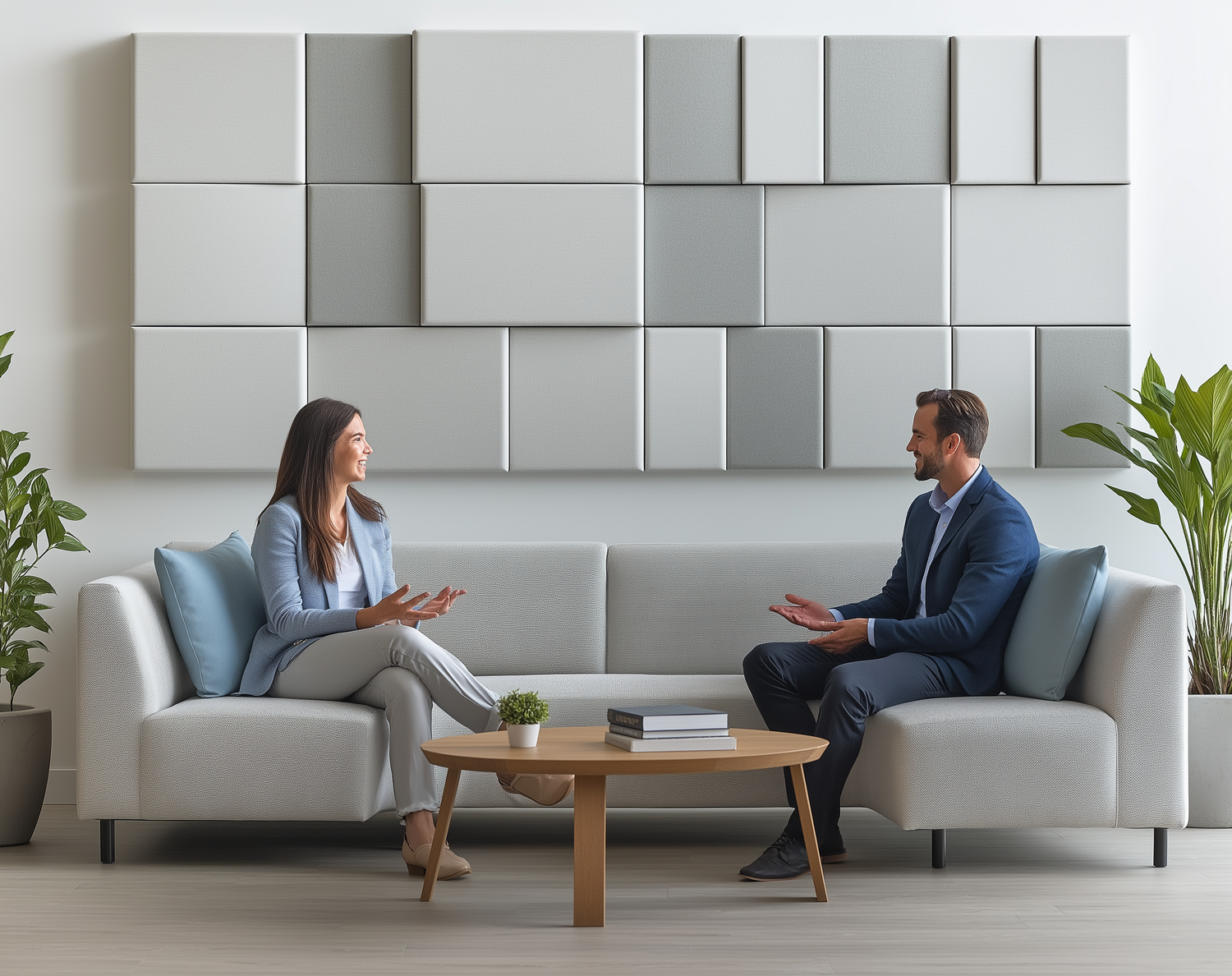Shaping the Future of Care with Mindful Design
In the heart of Riyadh, Saudi Arabia’s thriving capital, a quiet revolution is transforming the way hospitals and clinics are built and furnished. This is not merely about modern architecture or digital advancements—it's about mindful design in healthcare spaces.
This concept goes beyond traditional notions of healthcare interiors. It centers on creating environments that actively support physical recovery, mental clarity, and emotional comfort. For B2B companies in Saudi Arabia that specialize in healthcare furniture, understanding and implementing mindful design is not just good business—it's a moral imperative aligned with the country’s Vision 2030 for a more compassionate, efficient, and patient-focused healthcare system.
What Is Mindful Design in Healthcare Spaces?
Mindful design is the thoughtful and intentional planning of spaces that put the human experience at the core. It emphasizes empathy, comfort, cultural awareness, and functionality. Every element—be it lighting, furniture, layout, or acoustics—is considered through the lens of how it will affect patients, visitors, and healthcare professionals.
In Riyadh’s evolving medical landscape, mindful design is no longer optional. It’s becoming the gold standard for new hospitals, clinics, and wellness centers. The aim? To design with purpose and to heal with intention.
Why It Matters in Saudi Arabia?
Saudi Arabia’s healthcare sector is rapidly advancing. With massive investments in infrastructure, training, and digital transformation, there’s a parallel need for spaces that reflect this progress. Mindful design ensures that these state-of-the-art facilities aren’t just technologically advanced—but also emotionally intelligent.
In a culturally rich and diverse country, this approach also respects societal norms. That includes considerations such as privacy, gender-sensitive zones, family-friendly spaces, and prayer areas. These aren’t afterthoughts—they’re essential design components that make patients feel respected, safe, and supported.
Designing for Healing and Comfort
Traditional hospitals often feel sterile, stressful, and emotionally cold. Mindful design seeks to change that by promoting comfort and warmth without sacrificing medical efficiency. Features that make a difference include:
-
Natural lighting through large windows to regulate circadian rhythms
-
Warm color palettes that evoke calmness rather than anxiety
-
Ergonomic furniture that supports patients and medical staff alike
-
Quiet zones or acoustic treatments to reduce noise-related stress
A waiting area furnished with soft-seating and calming décor can significantly reduce pre-treatment anxiety. In-patient rooms that allow personal control over lighting or temperature empower patients and improve their sense of well-being.
The Power of Nature in Healing Spaces
One of the key components of mindful design is biophilic integration—bringing the calming influence of nature into indoor environments. Studies have consistently shown that natural elements reduce stress, speed up healing, and even improve clinical outcomes.
This can include:
-
Indoor greenery or vertical gardens
-
Nature-inspired artwork
-
Wooden textures and organic shapes
-
Water features in lobbies or courtyards
In Riyadh, where the urban landscape dominates, incorporating nature indoors provides patients with a crucial psychological escape, especially in high-stress environments like emergency rooms or ICUs.
Furniture That Supports Function and Emotion
Furniture in a healthcare setting does far more than provide a place to sit or store tools. In mindful design, it is viewed as an active contributor to patient care and staff performance.
For example:
-
Adjustable chairs and recliners in chemotherapy units offer personalized comfort
-
Modular nursing stations allow flexible, clutter-free workspaces
-
Family sleeper sofas enable loved ones to stay close during hospitalization
Healthcare furniture suppliers in Saudi Arabia who offer antimicrobial finishes, easy-to-clean materials, and culturally sensitive options are not only meeting regulations—they're delivering care through design.
Mindful Design for Healthcare Workers
Often, discussions around healthcare design focus solely on patients. But healthcare professionals—nurses, doctors, technicians—spend long, emotionally intense hours within these spaces. Their well-being is just as vital.
Mindful design addresses this by creating:
-
Break rooms with natural light and relaxing furnishings
-
Quiet areas for meditation or prayer
-
Ergonomic workstations to prevent injury and fatigue
-
Thoughtful layouts that reduce unnecessary movement
When staff are comfortable and energized, the quality of care improves. For B2B businesses, providing solutions tailored to medical professionals’ needs adds immense value to any product line.
Aligning with Vision 2030 and Future Trends
Saudi Arabia’s Vision 2030 aims to elevate healthcare to global standards while maintaining deep cultural roots. Mindful design aligns perfectly with this mission. It supports long-term sustainability goals, fosters innovation, and enhances patient experience—all core pillars of the vision.
Future trends suggest a rise in:
-
AI-driven environmental controls (for lighting, temperature, etc.)
-
Virtual reality relaxation rooms
-
Personalized patient pods
-
Multi-functional furniture that adapts to patient needs in real time
B2B companies that stay ahead of these trends and offer forward-thinking, design-led products will be key players in Riyadh’s healthcare evolution.
Conclusion: A Better Way to Heal
Mindful design is not just a design trend—it’s a healing philosophy. It redefines healthcare spaces as environments that support not only clinical excellence but human dignity, empathy, and cultural relevance.
For businesses in Riyadh that trade in office and healthcare furniture, now is the time to embrace mindful design as a strategic and ethical imperative. Hospitals and clinics built with intention don’t just treat—they heal, comfort, and inspire. And in the Kingdom’s race toward a healthier, more compassionate future, design has the power to lead the way.







